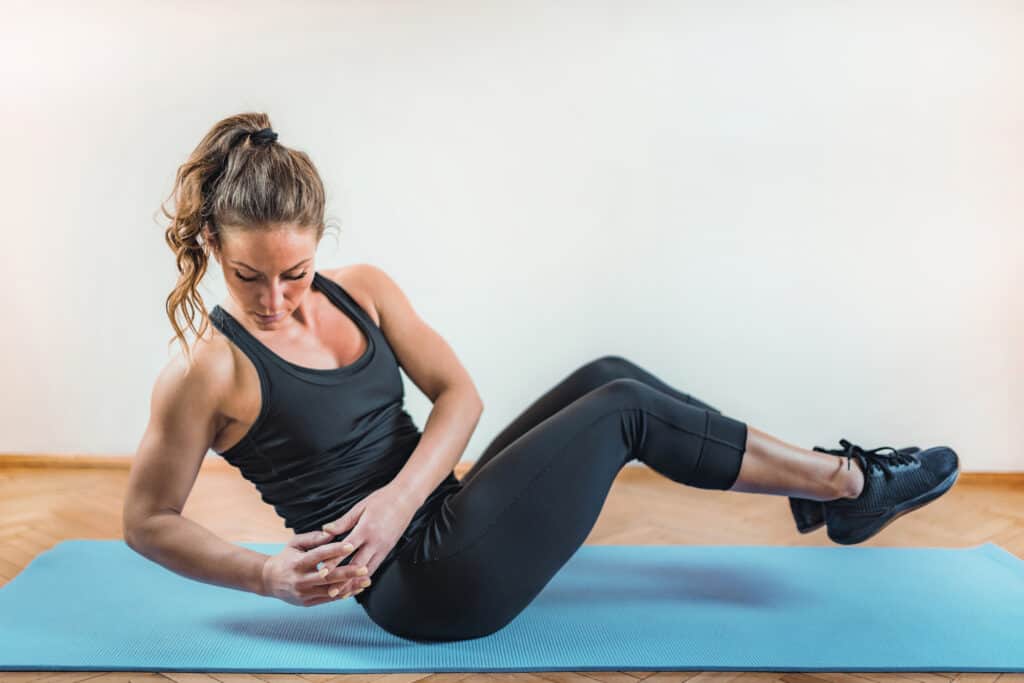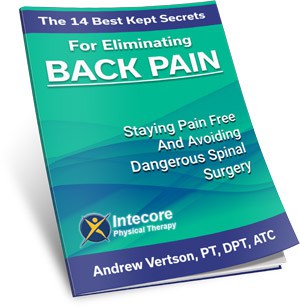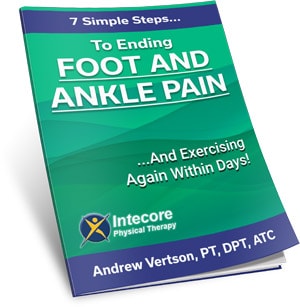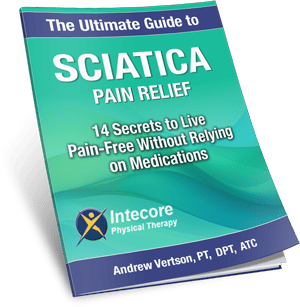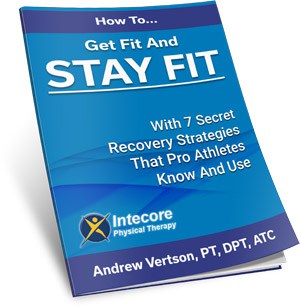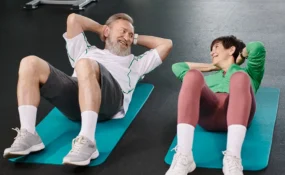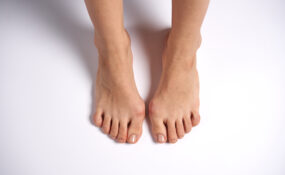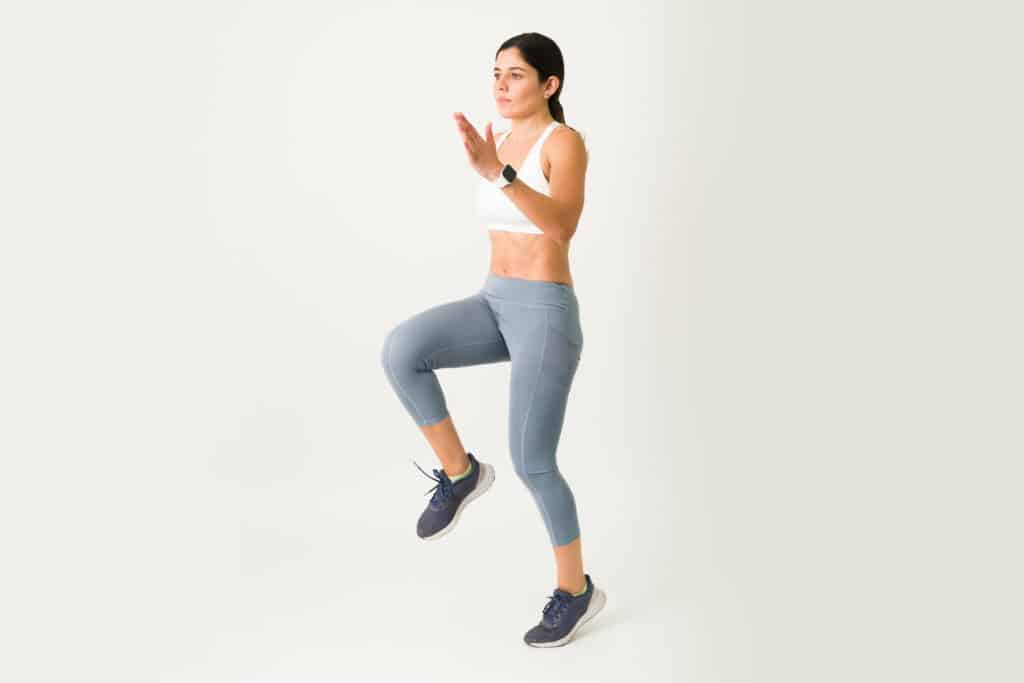 If you like staying active and want to take your fitness to the next level, you’re probably keen to learn more about high-intensity interval training (HIIT). Everyone is talking about it. High-intensity interval training is a special form of exercise that combines bursts of intense activity with lower-intensity rest periods for a time-saving and effective total body workout.
If you like staying active and want to take your fitness to the next level, you’re probably keen to learn more about high-intensity interval training (HIIT). Everyone is talking about it. High-intensity interval training is a special form of exercise that combines bursts of intense activity with lower-intensity rest periods for a time-saving and effective total body workout.
It’s an excellent choice if you want to get in shape but have limited time. It helps you build stronger muscles, increase your heart rate, and burn more calories while establishing a regular exercise routine.
Plus, it’s also great for improving your mental wellbeing. As well as helping you to achieve your ambitious fitness goals, HIIT also provides many other health benefits. But is it safe? And is it the right form of exercise for you?
Let’s find out.
More Blogs From Intecore
Can Physical Therapy Help A Stiff Neck?
What Is The Difference Between A Muscle Strain And A Sprain?
Things To Avoid With Cervical Spinal Stenosis
What is High-Intensity Interval Training (HIIT)?
If you want to raise your game and take your fitness routine to a whole new level, High-Intensity Interval Training (HIIT) can be great. As the name suggests, HIIT involves short periods of intense effort, followed by rest or lower-intensity exercise, which you repeat for a set amount of time.
It’s a great way to increase your cardiorespiratory endurance and muscular strength. It also provides a unique metabolic challenge that leads to more fat-burning. So, whether you’re a pro athlete or just starting your fitness journey, HIIT is a challenging and exciting workout that you can adapt to your fitness level. Why not give it a try?
What Are The Benefits of HIIT For Physical And Mental Health?
High-Intensity Interval Training (HIIT) has massively grown in popularity amongst fitness enthusiasts over the last few years, for good reason. It brings many benefits not only for physical health but also for your mental wellbeing too. You can also do it anywhere, making it easy to incorporate into your daily routine.
With consistent practice, HIIT training can increase cardiovascular health and strength and boost metabolism. It promotes mental toughness, too, reduces stress, and can improve your mood. How?
Because HIIT challenges you to push your limits, creating a sense of accomplishment and confidence. With all these benefits, it’s no wonder HIIT is such a popular way to get fit. It’s a fun and effective way to enhance physical health and wellness.
Studies show that HIIT can be more effective at burning calories than conventional workouts like running on a treadmill. Additionally, HIIT has been linked to improving heart health, reducing blood pressure, and increasing muscle mass.
How To Get Started With HIIT 
If you want to kick your fitness up a notch, look no further than HIIT – high-intensity interval training. But before diving into the sweat fest, it’s essential to consider a few things. First, make sure to warm up your body with dynamic stretches.
HIIT can be an intense workout, so your muscles must be ready to work. Don’t go too hard too soon, either. Listen to your body, take a break, or reduce the interval time and increase your rest time if necessary. But also, don’t be afraid to set goals for yourself (within reason).
Maybe incorporate one HIIT workout a week into your current routine, to begin with and build from there.
Examples of HIIT exercises
Regarding HIIT exercises, there are a variety of options to choose from. Sprints are a classic high-intensity interval training exercise involving short bursts of all-out sprinting on a treadmill or outdoors, followed by rest periods.
Burpees are another great option that increases your heart rate and works for multiple muscle groups. Plus, who could forget “jumping jacks” from elementary school? They are a great option to add to your HIIT routine for a simple yet effective cardio workout.
But you could also cycle, row, or jog on the spot. It doesn’t matter – if you’re interchanging effort with rest and doing it on repeat, you’re good.
How To Avoid Injury While Doing HIIT
High-intensity interval training (HIIT) is an effective way to burn fat and tone muscles quickly. However, it can also increase your risk of injuries if incorrectly done. To avoid getting hurt while doing HIIT, it is important to warm up properly before beginning your workout.
Start with dynamic stretching exercises to move and warm up your muscles and increase their flexibility. It is also important to listen to your body and not push yourself too hard, too fast. Gradually increase the intensity and length of your workouts as your fitness level improves. Lastly, always use proper form and technique when performing the exercise.
How To Monitor Your Progress And Adapt Your HIIT Routine Accordingly
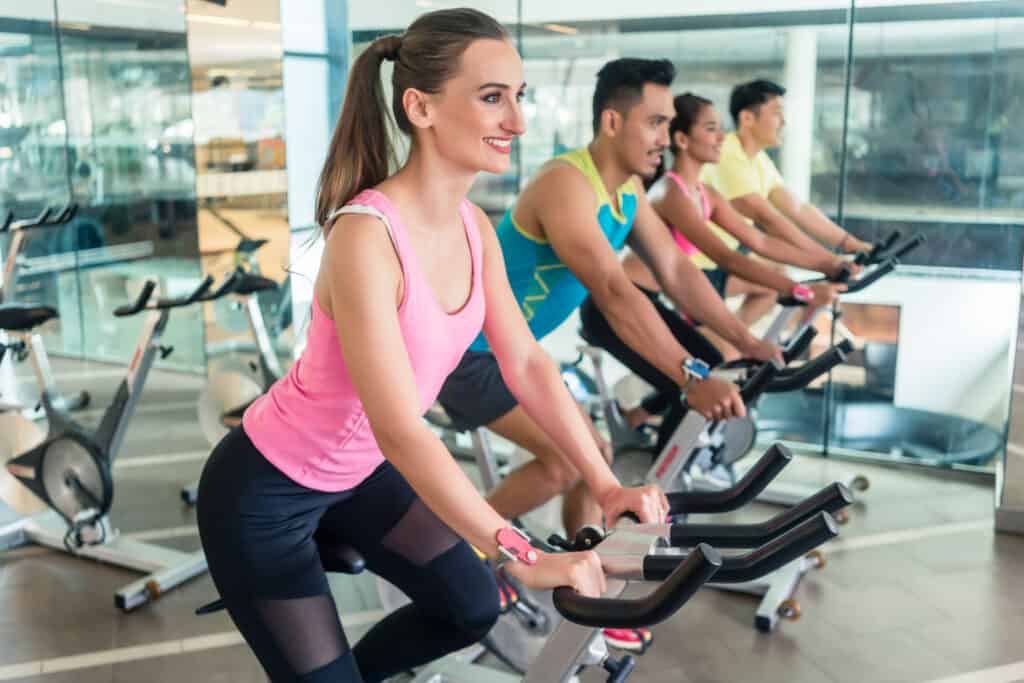
Tracking your progress doesn’t need to be complicated – you can start by logging your workouts in an app, journal, or spreadsheet. Once you have this data and can look back on it, it’s easier to see whether your routines are working and providing the desired results, and you can adapt your routines accordingly.
Remember consistency is key, and progress may not always be linear – there will be ups and downs. Don’t let that discourage you. Celebrate your progress and keep pushing forward.
What Are The Risks Of High-Intensity Interval Training?
High-intensity interval training, or HIIT, is a popular and effective exercise method. There are countless variations and modifications to keep things interesting and challenging. Whether you prefer running, cycling, or bodyweight exercises, you have a HIIT routine.
It is an efficient workout that helps you burn calories faster and more efficiently than steady cardio exercises like jogging or walking. It’s an excellent way to get your heart rate up and get a full-body workout in a fraction of the time than other steady-state cardio workouts.
However, HIIT is not without its risks. One of these risks includes the potential for injury if done incorrectly.
Common Injuries Associated with HIIT

Sprains and Strains:
These injuries are common and can happen to anyone of all ages and fitness levels. While they may not seem serious at first, they can cause a lot of pain, limit your range of motion and stop you from completing everyday tasks.
A sprain is when ligaments get stretched or torn, while a strain refers to damage caused to a muscle or tendon. The good news is that these injuries typically get better with resting, ice, compression, and elevation (RICE). However, if you experience severe pain, swelling, or numbness, it is important to contact a physical therapist.
Muscle Tears and Pulls:
Muscle tears and pulls are a common injury that anyone who participates in physical activity (especially HIIT) may experience. These injuries occur when a sudden or excessive force is applied to a muscle, causing it to strain beyond its capacity.
The pain associated with muscle tears and pulls ranges from mild to severe, limiting mobility and performance. Many people dismiss these injuries as just a minor setback. Still, they can lead to more severe and chronic pain if left untreated. So, it’s important to listen to your body and take the appropriate measures to prevent and treat muscle tears and pulls.
Overuse Injuries:
Overuse injuries can be both frustrating and painful. Repetitive movements cause them and often occur in athletes who train or frequently perform the same movements. These injuries are often challenging to diagnose and treat, as they can be hard to distinguish from other conditions. Common examples include tennis elbow, runner’s knee, and shin splints.
So, if you’re regularly doing HIIT workouts with a high potential for repeated movements, take extra care. Avoiding sudden increases in intensity or duration, wearing proper shoes, and listening to your body can help reduce the risk of an overuse injury.
How to Prevent Injuries While Doing HIIT
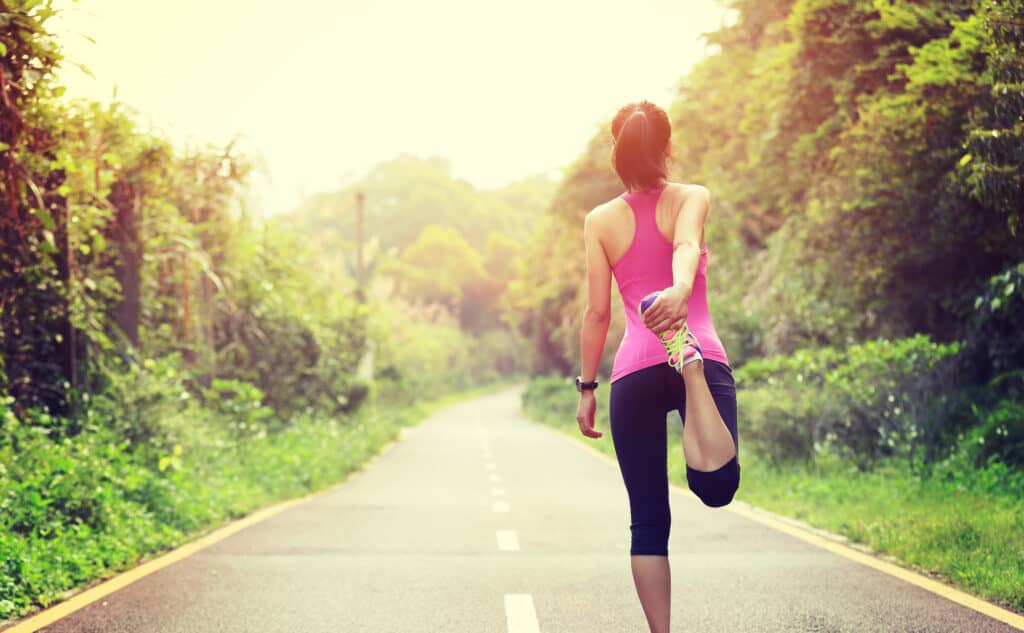
Warm-up Before Working Out:
Preparing your body before a workout is crucial to get the most out of your routine. It all starts with a proper warm-up. A few minutes of low-intensity cardio and dynamic stretching can do wonders in priming your muscles for the workout ahead.
Not only does it increase blood flow and oxygen supply to the muscles, but it also helps to reduce your risk of injuries. A good warm-up can also improve your overall performance, making pushing yourself further and reaching your fitness goals easier. Never forget the importance of a solid warm-up routine.
Focus on Proper Form:
Proper form is key in any activity, and HIIT workouts are no exception. Whether lifting weights, doing squats, or completing a yoga flow, it’s important to focus on your technique to prevent injuries and maximize your workout.
By paying attention to the mechanics of each movement and adjusting as necessary, you’ll be able to activate the intended muscle groups and avoid strain on other areas of your body.
Plus, proper form can help you achieve your desired results faster and more efficiently. So, take the time to learn the proper form for each exercise – with the help of a PT or physical therapist.
Listen to Your Body:
Your body is an incredible machine equipped to communicate with us constantly. But how often do we stop and listen to what these messages mean?
Listening to your body may seem simple, but it can improve your health and wellbeing. It involves paying attention to the physical, emotional, and mental signals that your body sends you. It’s about being aware of when you’re feeling fatigued, stressed, or in pain and taking action to address those feelings.
By listening to your body, you can make more informed decisions about what you eat, how you exercise, and what you need emotionally. Take time throughout your day to tune in and listen to what your body tells you.
- Why Are My Feet Swollen? Common Causes Explained - June 2, 2025
- What Is Restless Leg Syndrome? Symptoms, Causes, and Relief Options - May 5, 2025
- Finding Your Balance: Inside and Out - April 22, 2025


